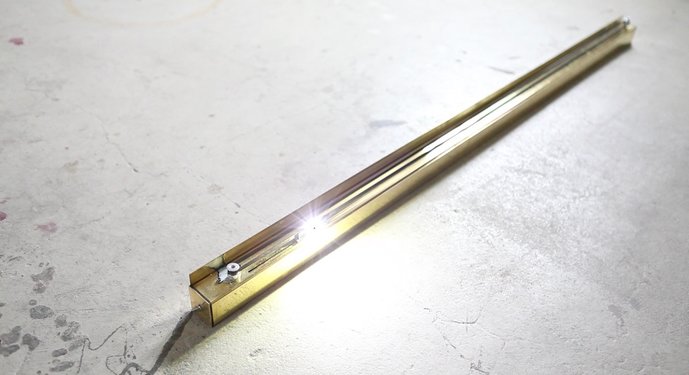

© Janina Capelle


© Janina Capelle
We perceive shadows every day, but mostly subconsciously. They are an adaptation of our everyday objects. We see them, fill them in automatically and do not pay further attention to them. The shadow is dependent on various things, such as the location of the object and the intensity of the light source. It is adaptable, affirmative, warning - an image, or a likeness?
It is exciting when shadows are discovered that cannot be directly assigned to an object, or that move and traverse slowly, so that the change of the shadow simultaneously represents the passage of time. In this context, a shadow has its own unique function. For a sundial, the shadow is the crucial element that must be observed to determine the time of day. Janina Capelle takes advantage of this function. By observing a changing shadow, time can be measured - quite subjectively, perhaps slowing it down.
To do this, Capelle constructs a "Shadow Clock" for her intermediate diploma work. An LED travels on a brass track using a motor drive. The duration of a route can be determined in advance. This track is installed by the user at a specific location where the LED can illuminate one or more objects. By observing the changing or wandering shadow of these objects, time can be read and measured.
Tutors:
Prof.Volker Albus, Prof. Mario Minale